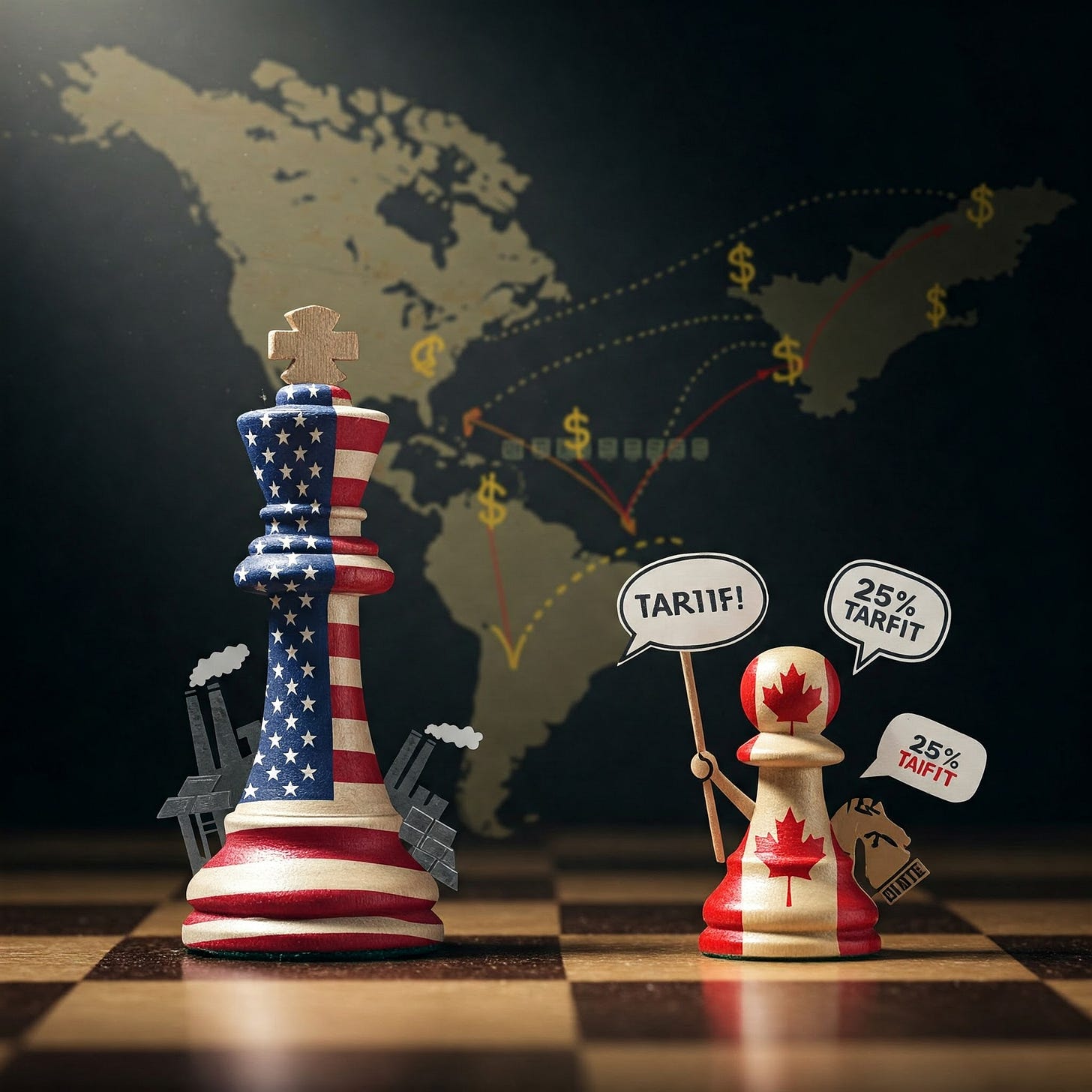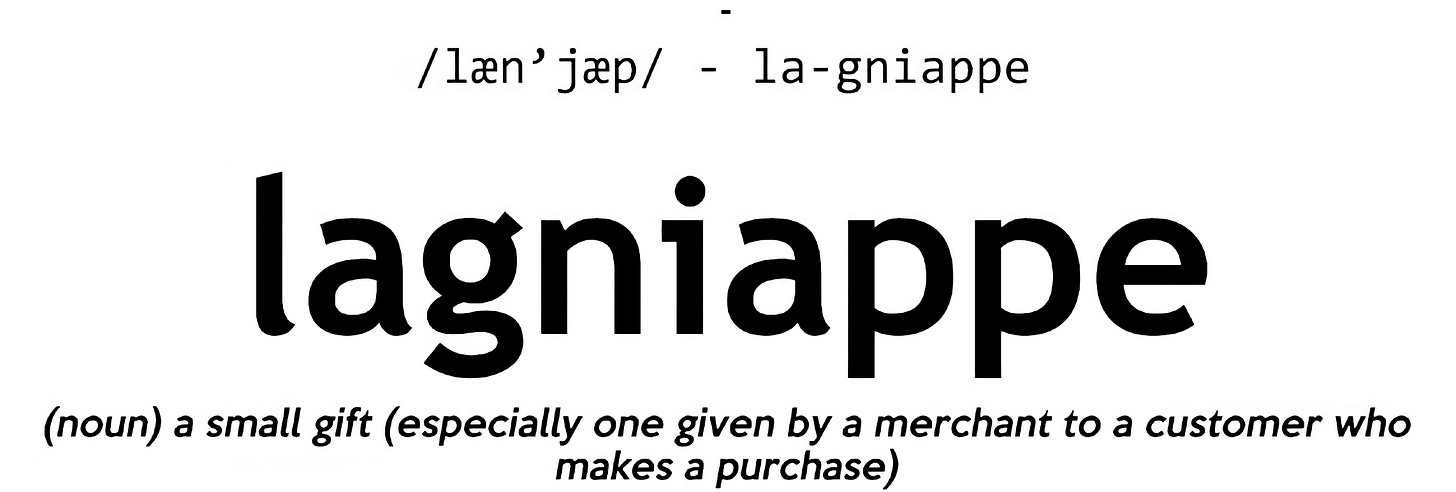Canada’s Trade War Blunder: Why Ontario’s Tariff Threat Backfired Spectacularly...
With 77% of its exports tied to the U.S., Canada has ZERO leverage in a trade war. Here’s why America holds all the cards... and what it means for the future of North American trade.
Canada Holds No Cards in the Trade War—And Ontario Just Proved It
When Ontario Premier Doug Ford threatened a 25% tariff on electricity exports to the United States, he may have thought he was playing a strong hand. But in the high-stakes game of international trade, Canada is holding a pair of twos—and the U.S. has a royal flush.
President Trump’s swift response—a 50% tariff on Canadian steel and aluminum—wasn’t just a warning shot; it was a reminder of who holds the power in this relationship.
Canada’s economy is deeply intertwined with America’s, and the numbers don’t lie: 82% of Canadian steel and 90% of its aluminum are exported to the U.S.
Without access to American markets, these industries would collapse, taking tens of thousands of jobs with them.
A One-Sided Relationship
Canada’s reliance on the U.S. is staggering. Nearly 77% of Canadian exports are destined for American markets, and provinces like Ontario trade more with neighboring U.S. states than with other Canadian provinces. This isn’t just a trade relationship—it’s a dependency.
For decades, Canada has benefited from asymmetrical trade policies, leveraging its weaker currency and lower business costs to attract American factories.
The result?
Nearly a million U.S. manufacturing jobs have been displaced to Canada and Mexico, along with over a million service jobs tied to those industries.
But when “free trade” doesn’t suit its interests, Canada hasn’t hesitated to impose massive tariffs—sometimes in the hundreds of percent—on American goods.
This double standard has left the U.S. footing the bill for Canada’s economic gains.
Trump’s America-First Strategy
President Trump’s approach to trade is simple: prioritize American interests.
By imposing tariffs on Canadian steel and aluminum, he’s sending a clear message—Canada can’t have it both ways. Either the two nations negotiate a mutually beneficial deal… or the U.S. will take steps to protect its own industries and re-shore jobs.
As Spencer P. Morrison argues in his book Reshore: How Tariffs Will Bring Our Jobs Home and Revive the American Dream, the key to long-term economic growth lies in concentrating advanced, capital-intensive industries within the U.S. and securing control over entire supply chains. This strategy not only maximizes value-added production but also safeguards against economic vulnerabilities.
What’s Next for Canada?
The harsh reality for Canada is that it has ZERO leverage in this trade war.
Its economy is effectively a “branch plant” of the U.S., as Canadian philosopher George Grant once lamented.
While Canada may continue to play political games, the U.S. holds all the cards—and it’s time to play them in America’s favor.
For Canada, the path forward is clear: negotiate a fair deal that benefits both nations, or risk being sidelined as the U.S. re-shores its industries and rebuilds its manufacturing base.
As for America, the message is even clearer: put American workers first… and let the chips fall where they may.
Canada Can't Win Tariff War With US
BREAKING: Canada Caves: Ontario Premier Agrees to Suspend Surcharge on Electricity Exports to US a Few Hours After Trump Threatens Retaliation
Trump calls Trudeau ‘a loser’ - The outgoing prime minister has ruined his country with “Marxist policies,” the US president claimed
Editor’s Note: Another fucking globalist shit-ass (like his goddam predecessor) is the new Premier of Canada:






The Club of Rome’s Ten Global Groups: GROUP 1-North America (Canada/USA)is working out nicely😉.